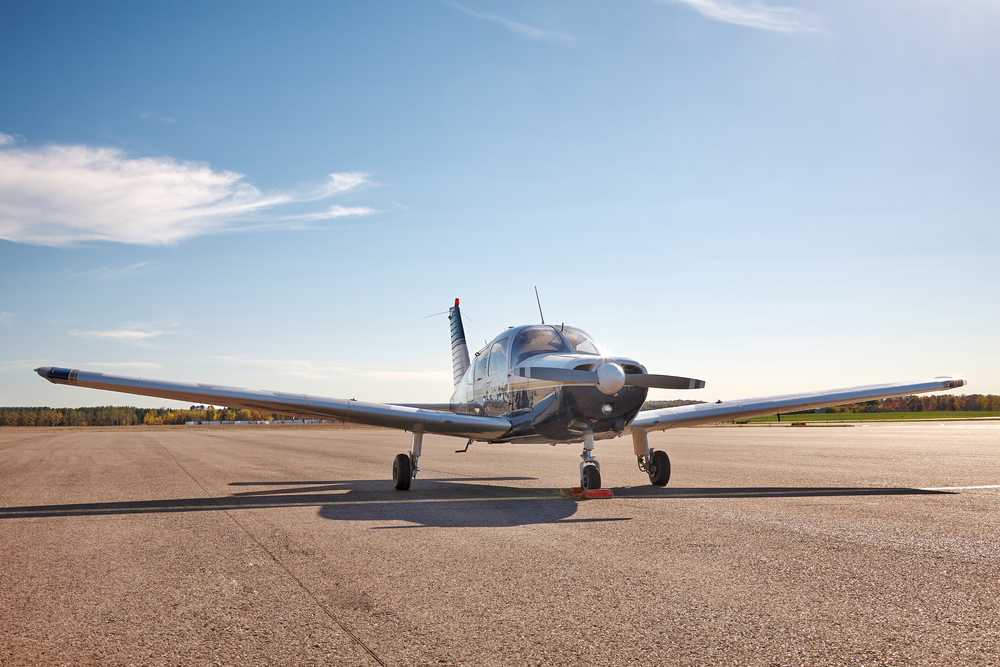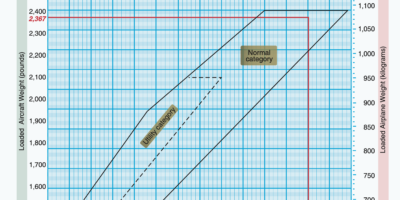Losing radio contact mid-flight creates instant stress, especially in controlled airspace or flying IFR. But here’s the thing – if you know the procedures, it’s manageable. Whether it’s equipment failure or you accidentally pulled the wrong switch, there’s a systematic way to handle it.
Quick Answer: If you lose radio: (1) Squawk 7600 immediately, (2) Troubleshoot – check volume, squelch, frequency, circuit breakers, (3) Try alternate radios, headset, handheld backup, (4) In VFR, land at nearest suitable airport, (5) In IFR, follow FAR 91.185: Route – cleared, filed, expected; Altitude – MEA, expected, assigned; Leave clearance limit at EFC time or ETA if no EFC. ATC clears airspace based on your expected actions.
First Move – Squawk 7600
When you realize radio comm’s lost, immediately squawk 7600 on your transponder. This tells ATC you’ve got a comm failure. Keep flying your current clearance or last instruction. Don’t deviate from route or altitude till you’ve troubleshot the problem. ATC’s monitoring your transponder and clearing traffic based on what you should be doing.
Stay calm and work through troubleshooting systematically. Most “radio failures” are actually pilot errors – wrong frequency, volume too low, or pulled circuit breakers. Keep flying the plane first. Radio problems rarely become emergencies if you follow procedures. ATC expects you’ll follow the regs and they’ll accommodate you.
Troubleshooting
Start simple: Is volume up? Is squelch adjusted right (not too high)? You on the correct frequency? Did you switch to the wrong radio accidentally? Check your headset’s plugged in securely. Try the speaker instead. Switch between Com 1 and Com 2 if you’ve got dual radios.
Check all circuit breakers – radio, audio panel, GPS (some planes link GPS to radios). Reset any popped breakers. Try different frequencies to see if the problem’s frequency-specific. Attempt transmitting on 121.5 (emergency frequency) – ATC monitors it continuously. If you hear ATC but can’t transmit, they might hear you on a different frequency or you can acknowledge via transponder ident.
Backup Comms
If panel-mounted radios fail completely, use a handheld aviation radio if you carry one. Handhelds have limited range but work fine for nearby ATC facilities. Switch your headset to the handheld or use its speaker. Brief passengers to stay quiet while you attempt communication. Cell phones work surprisingly well at altitude – consider calling Flight Service or ATC directly for help.
Some planes have multiple audio panels or intercom systems. Check the audio panel’s configured correctly – transmit/receive switches set right for the active radio. Try different headset jacks if available. If only your headset failed, speaker may still work. In extreme cases, consider using a passenger’s phone to call ATC tower (frequency’s published in Chart Supplement) and communicate via phone.
VFR Radio Failure
In VFR conditions outside controlled airspace, radio failure’s just inconvenient. Continue to destination or land at nearest suitable airport. Avoid controlled airspace if possible. If you must enter Class B, C, or D, squawk 7600 and enter the pattern. Tower’ll clear the area and expect you to land. Rock your wings to acknowledge light gun signals.
Light gun signals: Steady green = cleared to land. Flashing green = return for landing (sequencing). Flashing red = airport unsafe, don’t land. Steady red = give way to other aircraft, keep circling. Alternating red/green = extreme caution. Learn these – they’re on checkrides and necessary for radio-out landings at towered airports. After landing, call tower to close any flight plan and explain the situation.
IFR Radio Failure (FAR 91.185)
FAR 91.185 prescribes specific actions for IFR radio failures. For route: fly the route ATC cleared you on; if no longer cleared, fly the route ATC said to expect; if no expected route, fly the route you filed. For altitude: fly the highest of – MEA for the route, altitude ATC told you to expect, or altitude ATC assigned. These rules let ATC predict your position and clear airspace.
Leave a clearance limit at the expect further clearance (EFC) time ATC gave you. If no EFC time, leave at your estimated time of arrival (ETA). Upon leaving clearance limit, proceed to destination and begin descent/approach at your filed or expected arrival time. This timing ensures ATC clears the airspace and airport for your arrival. Fly a published approach even if you break out VFR – ATC expects this.
Transponder Communication
If you can receive ATC but not transmit, ATC may ask you to ident or change squawk codes to acknowledge instructions. Like, “If you can hear me, ident.” Press ident if you can comply. ATC might say, “If you can accept the clearance, squawk 0123; if unable, squawk 7600.” This yes/no communication works for simple stuff.
Complex instructions are tough to communicate via transponder though. ATC’ll likely give simple vectors or altitude changes if you can receive. If you can’t receive either, ATC assumes you’re following FAR 91.185. They clear airspace based on what you should be doing per regs. System works when pilots know and follow the rules precisely.
Approach and Landing With No Radio
Approaching destination with no radio requires extra vigilance. Squawk 7600 continuously. If VMC, overfly the airport at 500 feet above pattern altitude, then enter the pattern normally. Watch for traffic and light gun signals from tower. Tower’ll clear the pattern for you. Rock wings to acknowledge light gun signals. Land and taxi clear following light gun instructions.
In IMC or at night, fly the published approach. Time it to arrive at your filed ETA or EFC time. This ensures ATC’s cleared the airspace and airport. Fly the full approach even if you break out early – ATC expects you to follow the procedure completely. After landing, call tower and file a NASA ASRS report describing the failure. Most radio failures result from equipment issues, not pilot error, but document it regardless.
Prevention
Regular avionics maintenance prevents most radio problems. Annual avionics checks identify weak components before they fail. Keep circuit breakers clean and operational. Brief passengers to avoid bumping circuit breaker panels. Carry a backup handheld radio with fresh batteries – a $200 handheld can save an IFR trip when the panel radio fails. Know how to connect your headset to it.
Test radios before every flight during runup. Verify both transmit and receive work properly. Check audio panel settings – pilots occasionally configure panels wrong causing “radio failures.” Learn your plane’s radio systems thoroughly including circuit breaker locations and backup systems. Practice light gun signal recognition and radio-out procedures during training. If a radio seems unreliable, fix it before IFR flight – don’t launch hoping it’ll work. Proper maintenance and pilot knowledge prevent most lost comm situations from becoming emergencies.
Join the Aircraft Insider Community
Get exclusive backcountry flying tips, aircraft reviews, and Western aviation destinations delivered to your inbox.
✈️ No spam, ever. Unsubscribe anytime. Privacy respected.



Leave a Reply